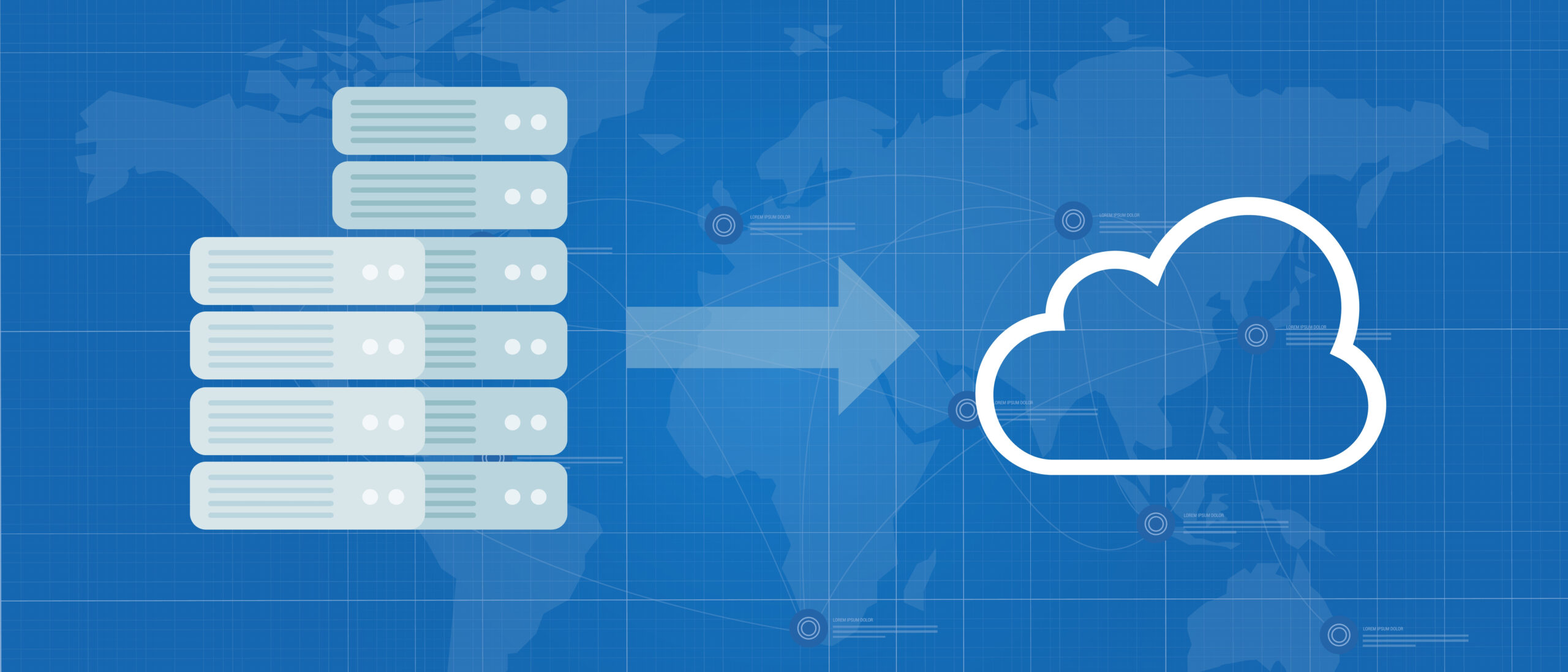
Migrating from Oracle E-Business Suite (EBS) to Oracle Cloud Applications is often a multi-phased initiative that impacts several parts of the business over the course of the transformation program.
By migrating on-premises applications to cloud SaaS offerings, organizations reduce their on-site infrastructure and server maintenance costs, but also transform their back-office processes to deliver wider benefits such as streamlining business operations and enhancing the user experience.
For transformation to be effective, it’s critical to deliver BI and analytics capabilities that evolve throughout the program’s lifecycle and not just at the end state, which may be years into the overall roadmap.
Oracle Cloud Applications include native reporting tools (e.g., OTBI, BI Publisher, Financial Reporting Studio and Smart View), however, these tools are limited to accessing data held in Oracle Fusion only, and therefore don’t offer a complete solution when reporting across hybrid data sources.
Deploying Incorta data applications for E-Business Suite and Oracle Cloud ERP
Incorta data applications deliver coherent and adaptable analytics throughout an organization’s cloud migration journey.
The journey from E-Business Suite to Oracle Cloud Applications
Migrating from on-premises ERP applications to Oracle Cloud ERP will likely consist of several stages, depending on whether the goal is to deliver a full SaaS ecosystem or a blended hybrid consisting of both cloud and on-site applications. In either case, to minimize risk and meet project milestones, companies typically follow a cloud adoption roadmap consisting of several stages.
Here are some of the scenarios that are commonly encountered in this process.
Module-based cloud migration roadmap
With this approach, selected ERP modules are prioritized for delivery in Oracle Cloud SaaS before others.
It’s common to implement General Ledger (GL) and Accounting Hub modules in Oracle Cloud ERP while the sub ledgers remain in EBS during an initial rollout of the SaaS platform. With this approach, it’s important to define a future state chart of accounts and streamline the financial close process while replacing some of the core EBS functionality early on in the transformation program.
Subsequent phases focus on one or more of the remaining EBS modules, such as Human Resources, Payables, Receivables, Order Management, Projects, Procurement or Inventory.
Organization-based cloud migration roadmap
Companies that operate in multiple geographies or those who grow through business acquisitions tend to adopt a more gradual migration based on the prioritization of their individual business entities.
While certain entities move to cloud ERP and HCM (human capital management), other entities remain on EBS until a later rollout. Ultimately, the end goal is to have all entities on the same cloud application, however, the nature of the business may require the coexistence of more than one ERP and HCM application during the shorter term and sometimes even longer term.
Limited cloud migration of historical data
Companies with larger EBS footprints (especially those that have been in use for longer periods of time or with large volumes of data) are commonly migrated to Oracle Fusion with data structures for the recent history and future transactions, while EBS remains the system of record in use for historical data.
This partial migration requires a reporting solution that is capable of ingesting data from both EBS as well as Oracle Fusion to capture historical and current transactions. Incorta data applications for Oracle EBS and Fusion enables seamless ERP and HCM reporting across multiple applications simultaneously.
Incorta analytics for intermediate and final state application ecosystems
Traditional ways of building a data warehouse with ETL and reporting star schemas are challenged when it comes to supporting a continuously evolving set of source applications.
As business processes are incrementally moving to the cloud, Incorta Direct Data Mapping® easily loads and stores up-to-date data from multiple applications, thereby providing a single source of truth for reporting.
With a continuously evolving ecosystem of applications for various entities and/or business functions, the time needed to complete a migration is critical. Incorta’s agility allows it to easily tap into data from more than one application, without jeopardizing the overall project timeline.
Incorta supports dashboards and reports that decouple the end-user analytics experience from the source applications. For example, in the use case where GL data is sourced from Fusion while procurement data is still in EBS, the end user doesn’t need to be familiar with the details of where the data is sourced from, how it’s integrated and where it’s stored.
Incorta handles the linkage across EBS and Fusion seamlessly behind the scenes so that the effort invested in building dashboards throughout the cloud migration journey is not lost. Incorta adapts to each incremental cloud rollout by rerouting its analytics semantic layer to the new source application applicable to each phase.
If you’re just starting on your Oracle ERP or HCM cloud migration, or if your migration is already underway but you’re facing challenges in achieving consolidated reporting, see how Incorta’s analytics data applications support you along the way.